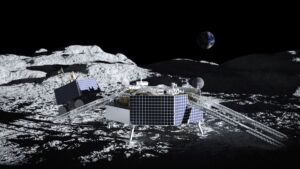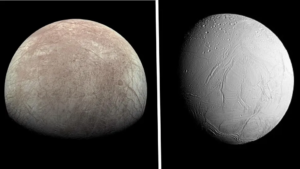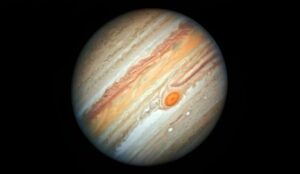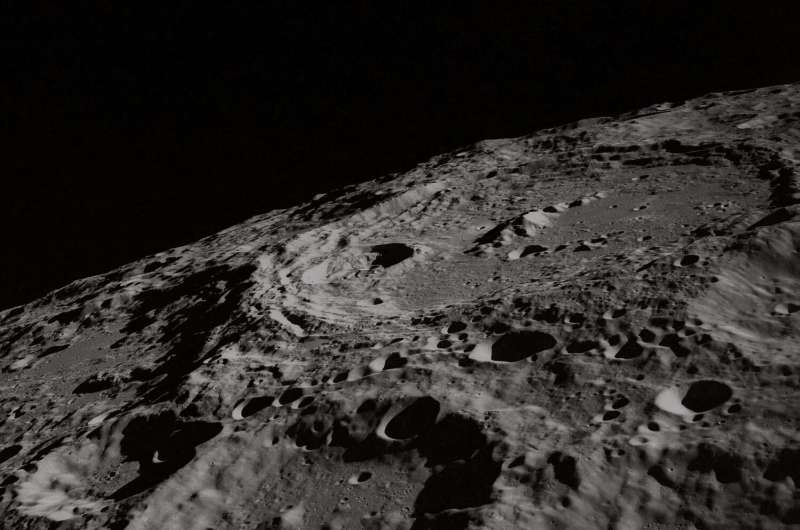
NASA Celebrates Apollo 11 Anniversary by Dedicating Building to ‘Women of Apollo’
NASA has honored a ‘hidden figure’ and the women who significantly contributed to the Apollo program by naming a building in Houston, which was part of the “Manned” Spacecraft Center during the moon missions. Dorothy Vaughan and the Women of Apollo On July 19, the Johnson Space Center (named after



















